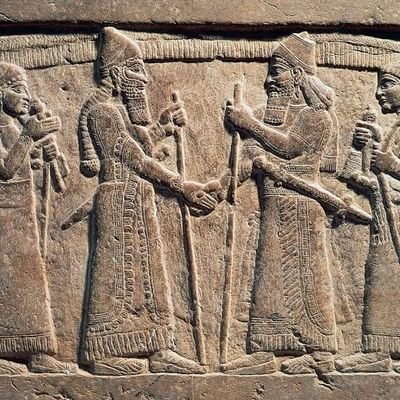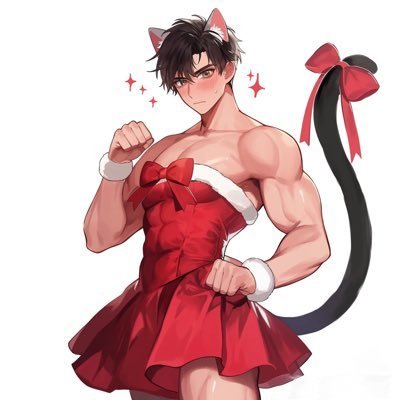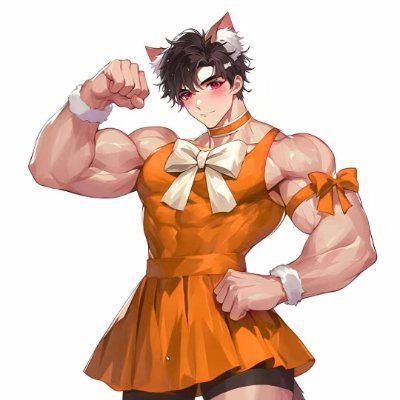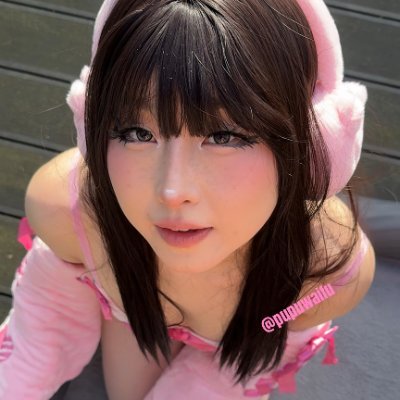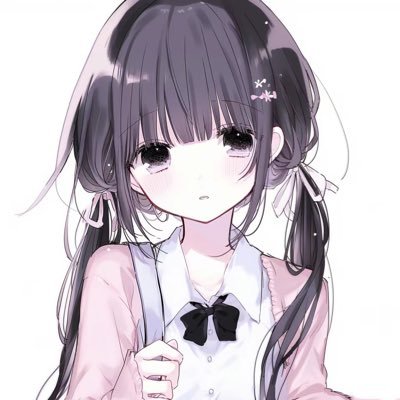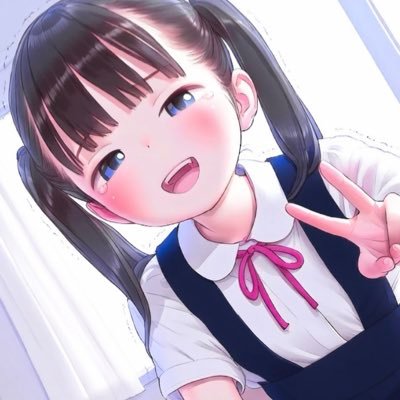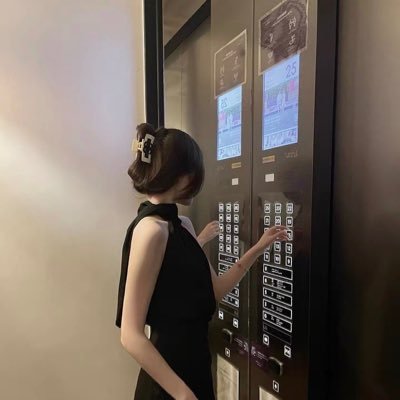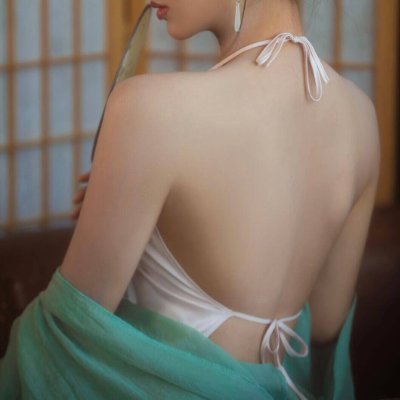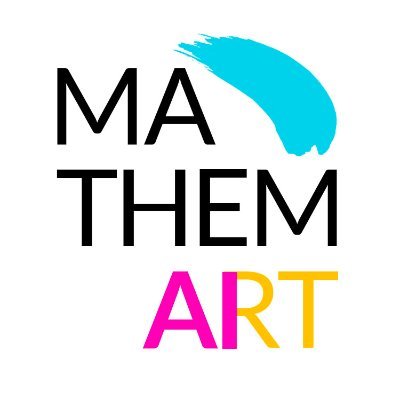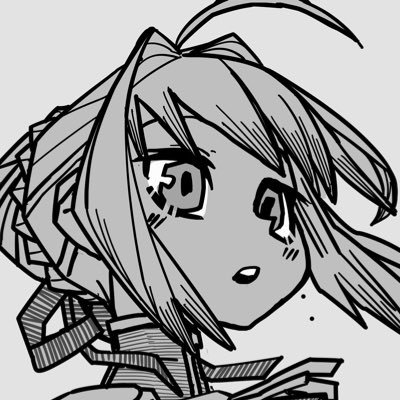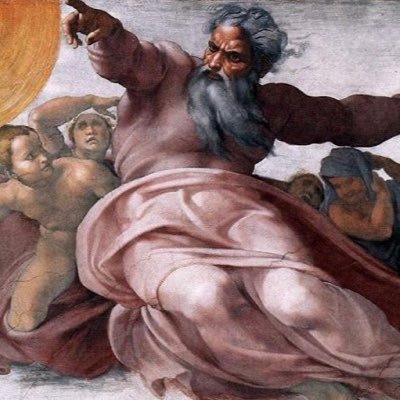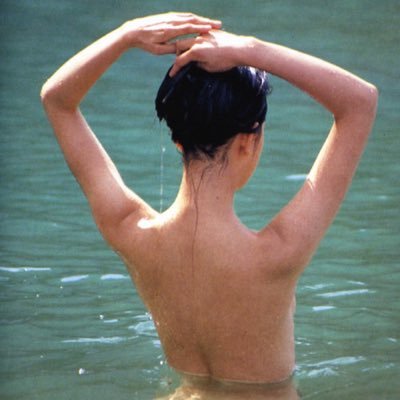Tweets in Worldwide
There are memorial archway in many places in China, which are buildings with Chinese characteristics. They are buildings built in feudal society to honor meritorious deeds, imperial examinations, virtue and loyalty, filial piety and righteousness. Some temples also use memorial archway as gates. #ChineseCulture#
Show more
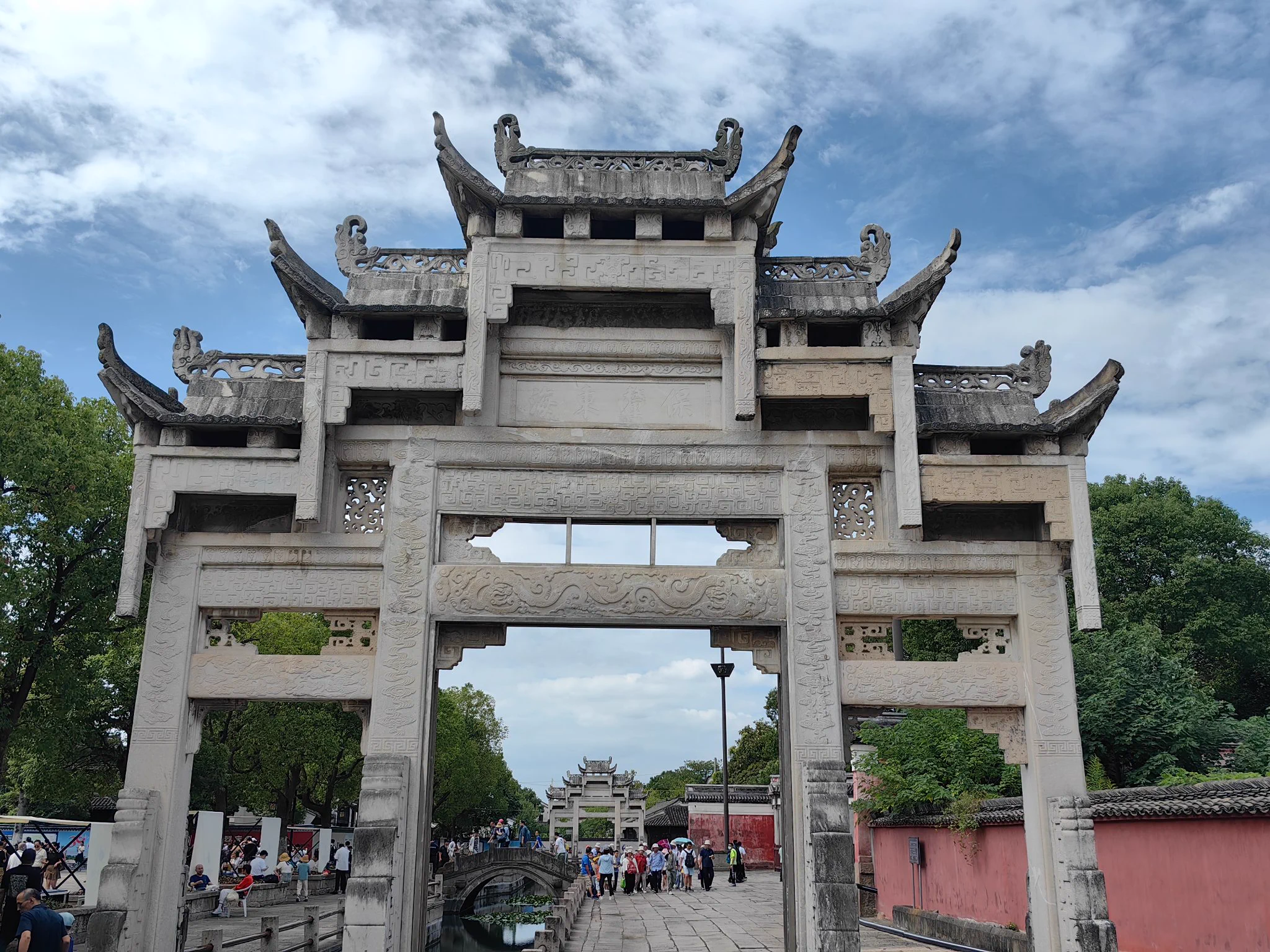
4
Launched the ultimate cross-platform template, based on the stack I use myself everyday.
Expo, NextJS, TypeScript, Tailwind, Firebase, AppsFlyer, RevenueCat and more.
Authentication, Analytics, In-App Purchases, Stripe and a lot more, setup by default.
Show more
99
Although music existed in prehistoric Egypt, the evidence for it becomes secure only in the historical (or "dynastic" or "pharaonic") period after 3100 BC. Music formed an important part of Egyptian life, and musicians occupied a variety of positions in Egyptian society. Music found its way into many contexts in Egypt: temples, palaces, workshops, farms, battlefields and the tomb. Music was an integral part of religious worship in ancient Egypt, so it is not surprising that there were gods specifically associated with music, such as Hathor and Bes (both were also associated with dance, fertility and childbirth).
All the major categories of musical instruments (percussion, wind, stringed) were represented in pharaonic Egypt. Percussion instruments included hand-held drums, rattles, castanets, bells, and the sistrum, a highly important rattle used in religious worship. Hand clapping too was used as a rhythmic accompaniment. Wind instruments included flutes (double and single, with reeds and without) and trumpets. Stringed instruments included harps, lyres, and lutes-plucked rather than bowed. Instruments were frequently inscribed with the name of the owner and decorated with representations of the goddess (Hathor) or god (Bes) of music. Both male and female voices were also frequently used in Egyptian music.
Professional musicians existed on a number of social levels in ancient Egypt. Perhaps the highest status belonged to temple musicians; the office of "musician" (shemayet) to a particular god or goddess was a position of high status frequently held by women. Musicians connected with royal household were held in high esteem, as were certain gifted singers and harp players. Somewhat lower on the social scale were musicians who acted as entertainers for parties and festivals, frequently accompanied by dancers. Informal singing is suggested by scenes of workers in action; captions to many of these pictures have been interpreted as words of songs. Otherwise there is little evidence for the amateur musician in pharaonic Egypt, and it is unlikely that musical achievement was seen as a desirable goal for individuals who were not professionals.
Ancient Egyptians have long valued music much in their daily life. Performing musicians and vocalists are frequently seen alongside the tunes they played or sang along to in wall reliefs and paintings found in temples and tombs. In addition to musical instruments, a wide range of items decorated with images of musical sceneries have persisted to this day. There are many statues and statuettes of musicians, and the abundance of textual material enables us to determine the performers’ names, the names of their instruments, their repertoires, and the playing styles they employed. The singer Kahay, who was praised for his lovely voice, was one of the artists whose names were also well-known.
The harp was not only the most popular musical instrument in ancient Egypt, but it was also shown as one of the sacrifices made to the gods during rituals and processions. Texts indicate that it was decorated with priceless materials. An ebony, gold, and silver harp belonged to King Ahmose. A step farther was taken by Thutmose III, who ordered “a superb harp made with silver, gold, lapis lazuli, malachite, and every splendid precious stone.”
Perhaps the easiest method to create music is to sing, clap your hands, or snap your fingers. However, a range of musical instruments, including idiophones and membraphones, as well as wind and stringed instruments, were already in use throughout the ancient Egypt. All of instruments used in ancient Egypt are being used today. There were wind instruments such the shepherd’s pipe, double-pipe, clarinet, flute, oboe, and trumpet, as well as percussion instruments including drums, the sistrum, rattles, tambourines, and later, bells and cymbals. Similar to today, musicians performed them individually or in an ensemble.
🎥© TikTok
#archaeohistories#
Show more
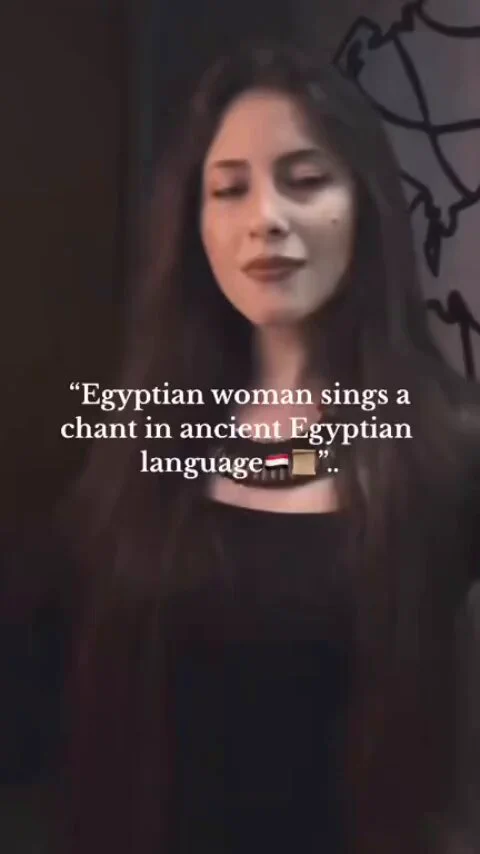
6
Top quiet spots for digital nomads 💻
Finding a place where you can work, relax, and feel inspired is key for digital nomads. Here are some of the best cities that strike the perfect balance:
➡️ Lisbon, Portugal offers stunning ocean views, reliable Wi-Fi, and coworking hubs like Second Home. Explore the charming streets of Alfama or unwind with a sunset in Belém.
➡️ Chiang Mai, Thailand is known for affordability and peaceful vibes. Cozy cafes, serene temples, and nearby waterfalls make it a haven for focused work and recharging.
➡️ Prague, Czech Republic combines history and calm. Cobblestone streets, peaceful parks like Letná, and quiet cafes create a magical work environment.
➡️ Bali, Indonesia inspires creativity with retreats in Ubud, coworking spaces in Canggu, yoga studios, and healthy cafes. It’s perfect for balancing work and wellness.
➡️ Tbilisi, Georgia is budget-friendly and welcoming, with charming coffee shops, coworking spaces, and easy access to the stunning Caucasus mountains.
Travel to these top spots for digital nomads, leave your recommendations in the daGama app, and help others explore the best locations:
Show more

6
Sumo is thought to have developed from contests of strength and there have been other similar games since ancient times, such as wrestling, that have originated all over the world.
The beginning of sumo dates back to mythological times. Oldest mention appears to be the myth of Kuniyuzuri (ceding of land) in Kojiki (Records of Ancient Matters), in which there was contest of strength between gods Takemikazuchi no Kami and Takeminakata no Kami. In addition to this, Ame no Tajikarao no Mikoto, who was proud of his superhuman strength and who opened up Ama no Iwato (cave of heaven), seen as god of sumo.
According to Nihonshoki (Chronicles of Japan), contest of strength between Nomi no Sukune and Taima no Kehaya in article for 26 BC is said to be origin of Sumo. Nomi no Sukune, who won, has also been worshiped as a god of sumo. Throughout Japan, 26 shrines are dedicated to Nomi no Sukune with Nominosukune-Jinjya Shrine in Sumida Ward, Tokyo, being most often visited by sumo wrestlers and officials. Sumo became a part of annual imperial ceremonies, called Sumai no sechie and held around the time of Tanabata (Star Festival) every year. Elite sumo wrestlers are chosen from all over country and wrestle in tournament. During Kamakura Period, Minamoto no Yoritomo became patron of sumo and tournaments came to be held on festival days at numerous shrines. These exhibitions became popular among Shoguns and their powerful commanders. Later, during Edo Period, “Kanjin Zumo” tournaments were held frequently as charity for temples and shrines. This led to remodeling of organization of tournaments, leading to current Grand Sumo Tournaments. From this perspective, sumo can be seen as one of earliest sports to be commercialized and professionalized in Japan.
You may have seen sumo wrestlers clapping their hands in prayer during Dohyo-iri (ring-entering ceremony) of Grand Sumo Tournament. They perform this action because Dohyo is considered to be place where Gods dwell.
Dohyo-Matsuri Festival is conducted by a tate-gyoji (head referee in sumo). Joining him are saishu (head priest), makuuchi-gyoji (referee for makuuchi division), juryo-gyoji (referee for juryo division) and waki-gyoji (two assistant referees) day before an official tournament begins. This festival is part of Jichinsai (ground-breaking ceremony), which is performed over a newly constructed dohyo. Saishu recites a Shinto prayer and offers gifts to pray for safety and success of the tournament. The well-being of the nation and a huge harvest are also prayed for. At the ceremony, items of good tidings such as salt, seaweed, dried squids, dried chestnuts, rice, torreya-nuts, etc., are buried in the center of the dohyo as offerings to the gods protecting the dohyo.
Dohyo-Matsuri Festival is performed at all sumo tournaments held for shrines. These tournaments are held to pray for peace, family prosperity, a rich harvest, and bountiful fishing, just to name a few things.
In Japan, “Hitori-zumo,” (wrestle with oneself), is used to mean someone working desperately on something for no one in particular, or even pointlessly. Term originated in Shinto ritual held at Oyamazumi-Jinjya Shrine in Omishima, Ehime Prefecture. This Shinto ritual is performed during both Ondaue-Matsuri (rice planting festival) every spring on May 5 and the Nukibo-Sai (rice harvesting festival) every autumn on September 9, both by lunar calendar. It is performed to pray for a good harvest on a dohyo constructed between building called “Osajiki Den” and special rice field offered to the gods called the “Shinsen Den.” A three-point match is held between an invisible rice spirit and a sumo wrestler. In this contest, rice spirit will always win by 2 victories and 1 defeat. It is quite comical to witness since the man seems to be wrestling by himself. This ceremony is where term “hitori-zumo” originates. Originally, though, it was an important ceremony for praying for a rich harvest.
© inside.japan
#archaeohistories#
Show more
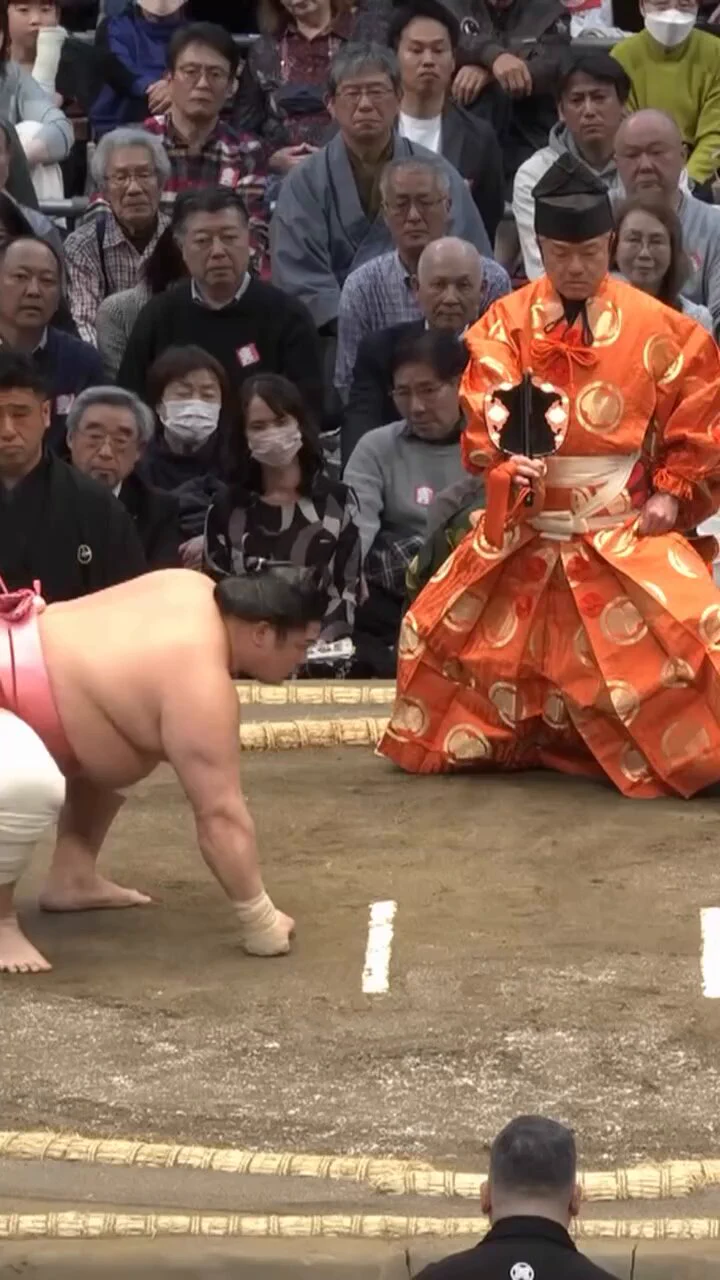
0
你手在哪裡!!
#Thailand# #Bangkok# #Phuket# #ChiangMai# #Krabi# #KohSamui# #Ayutthaya# #FloatingMarket# #TemplesOfThailand# #ThaiFood# #ElephantSanctuary# #IslandLife# #BeachVacation# #NightMarket# #AdventureThailand# #ThaiCulture# #TravelThailand# #ExploreThailand# #LandOfSmiles# #thailandgram#
Show more

14


